All of the following photographs were taken by Douglas Gildow on 20 August 2005, in Xinwu, Taoyuan County, Taiwan. They record the exhumation and second burial of the remains of an elderly man of the Hakka Zhuang lineage.
Webpage established: 18 January 2009 Last update:
18 January 2009
| Place the pointer over the image you wish to see in more detail. |
 |
| 5.3.1 |
|
 |
| 5.3.2 |
|
 |
| 5.3.3 |
|
 |
| 5.3.4 |
|
 |
| 5.3.5 |
|
 |
| 5.3.6 |
|
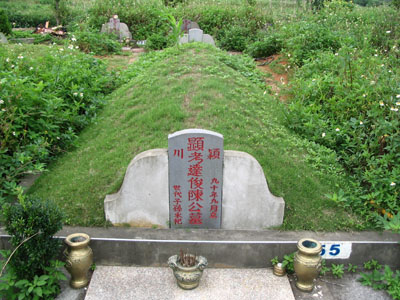 |
Fig. 5.3.1. Graves in the cemetery. |
 |
| 5.3.7 |
|
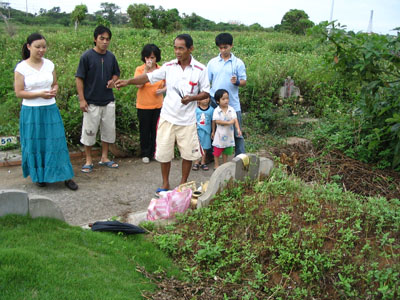 |
Fig. 5.3.2. The eldest son, center, leads the ritual that precedes the exhumation of his father’s remains. Descendants and their spouses participate. The exhumation takes place in the morning. |
 |
Fig. 5.3.3. Preliminary ritual with incense and bows. |
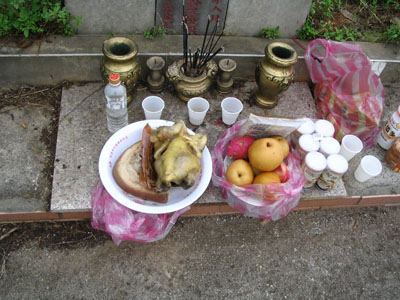 |
Fig. 5.3.5. Close-up of the grave offerings. |
 |
Fig. 5.3.6. The bone collector and his wife, along with their equipment, arrive in a pickup truck. |
 |
| 5.3.8 |
|
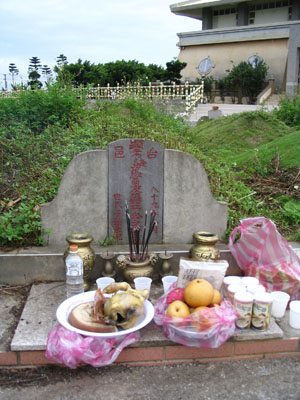 |
Fig.5.3.4. Offerings to the deceased include incense, drinks, peanut soup, three meats (sansheng 三牲: in this case, pork, chicken, and dried squid), fruits, and crackers. |
 |
| 5.3.9 |
|
 |
| 5.3.10 |
|
 |
| 5.3.11 |
|
 |
| 5.3.12 |
|
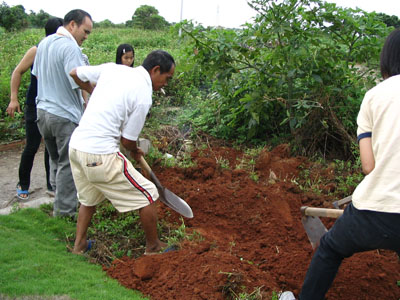 |
Fig. 5.3.7. Exhumation begins. |
 |
| 5.3.13 |
|
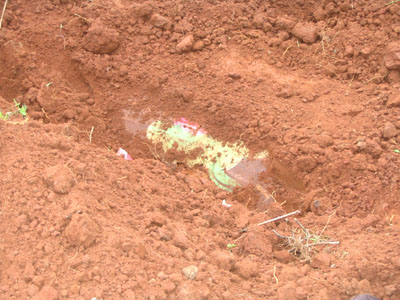 |
Fig. 5.3.8. Decorations on the wooden coffin emerge into view. |
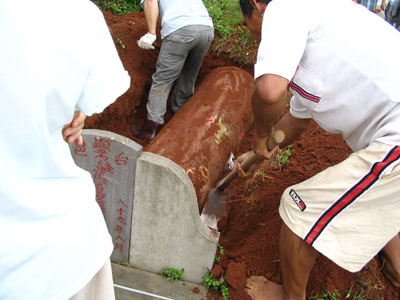 |
Fig. 5.3.9. The ground around the coffin is thoroughly excavated. |
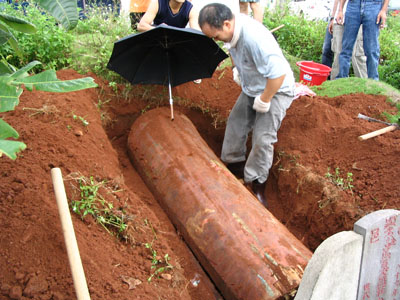 |
Fig. 5.3.10. A black umbrella is placed over the head of the corpse, to protect or “shade” the soul as the coffin is opened. |
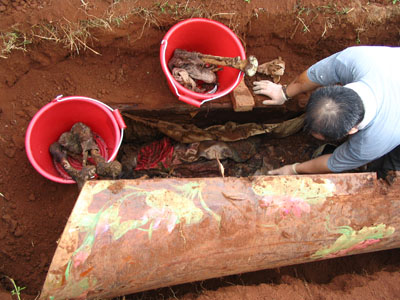 |
Fig. 5.3.12. The bone collector at work. |
 |
| 5.3.14 |
|
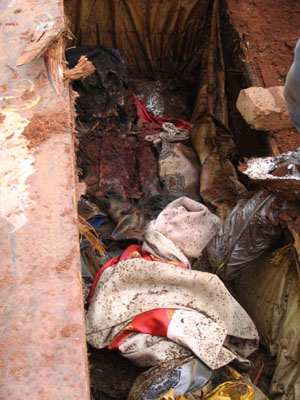 |
Fig. 5.3.11. Inside the coffin are decayed bones, dead maggots, grave clothing, a shroud, and cloth lining. |
 |
| 5.3.15 |
|
 |
| 5.3.16 |
|
 |
| 5.3.17 |
|
 |
| 5.3.18 |
|
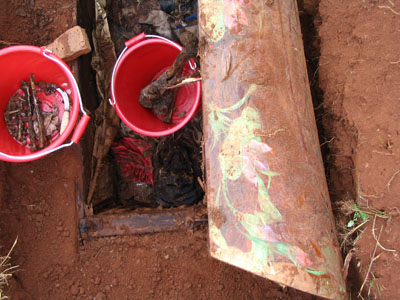 |
Fig. 5.3.13. Bone collection in progress. Every bone of the body should be found. The bones of the feet are the hardest to find. Fortunately, the deceased was intentionally dressed in nylon socks, which tend to last better than cotton socks, and so the bones of the feet are still easy to find within the socks. |
 |
| 5.3.19 |
|
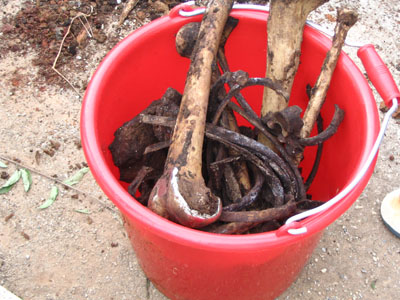 |
Fig. 5.3.14. The bones are collected in red pails. The artificial knee will be removed before the bones are placed into an urn for second burial. |
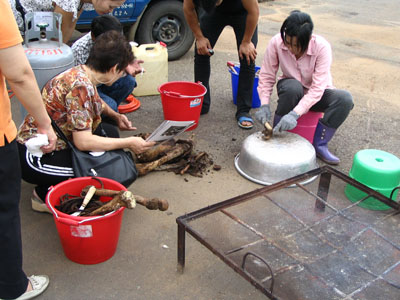 |
Fig. 5.3.15. The bone collector’s wife, cleaning the bones with a wire brush. Cleaned bones are laid out on a rack. |
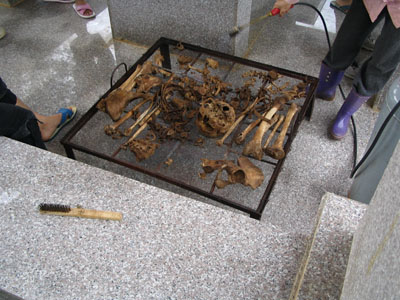 |
Fig. 5.3.16. The bone collector’s wife, drying the bones with a blow torch. |
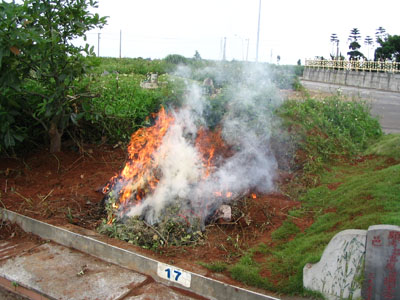 |
Fig. 5.3.17. The unneeded grave goods and coffin, such as the shroud, grave clothing, etc., are burned with help from gasoline. |
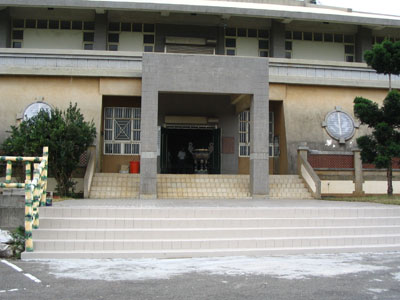 |
Fig. 5.3.18. If the Zhuang lineage did not have their own mausoleum, they might place the bones into this columbarium tower, located on site in the cemetery. |
 |
| 5.3.20 |
|
 |
| 5.3.21 |
|
 |
| 5.3.22 |
|
 |
| 5.3.23 |
|
 |
| 5.3.24 |
|
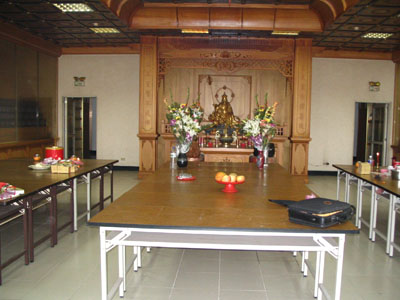 |
Fig. 5.3.19. The entrance hall of the on-site columbarium tower. The bodhisattva Dizang presides. |
 |
| 5.3.25 |
|
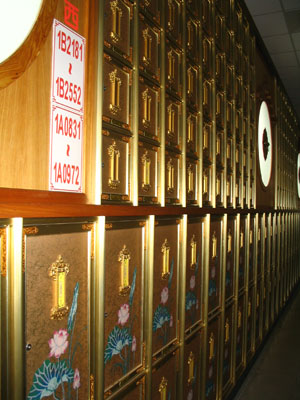 |
Fig. 5.3.20. Within the columbarium, the compartments for bones. The smaller compartments are for urns with cremated bone ash and are less expensive. The larger compartments, to the bottom, are for urns with preserved, intact bones. |
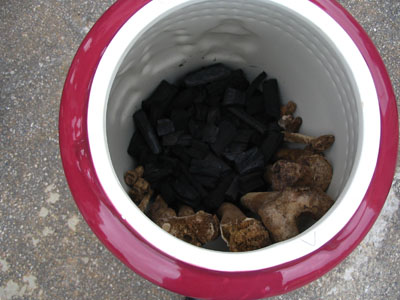 |
Fig. 5.3.23. A large mass of charcoal toward the bottom. |
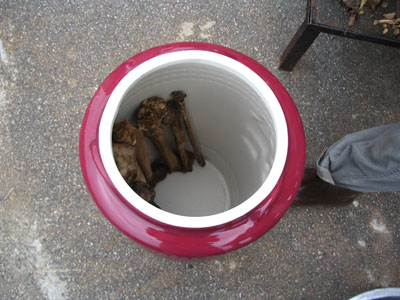 |
Fig. 5.3.22. The bone collector takes the bones from the rack and places them into the urn in a particular order, and intersperses the bones with charcoal, a desiccant and preservative. |
 |
| 5.3.26 |
|
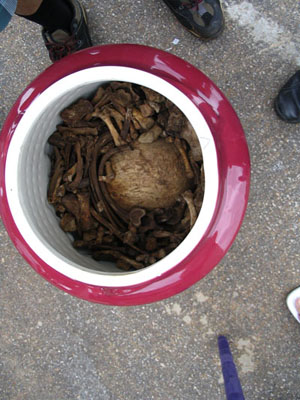 |
Fig. 5.3.24. Almost done packing. |
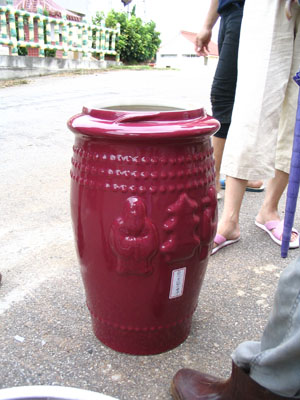 |
Fig. 5.3.21. The burial urn for the second burial. |
 |
| 5.3.27 |
|
 |
| 5.3.28 |
|
 |
| 5.3.29 |
|
 |
| 5.3.30 |
|
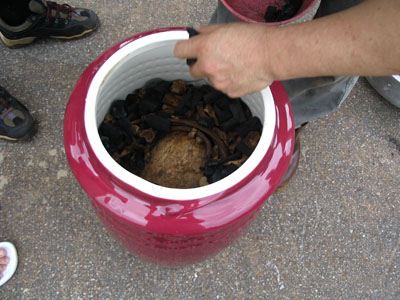 |
Fig. 5.3.25. Placing the bones and the charcoal. |
 |
| 5.3.31 |
|
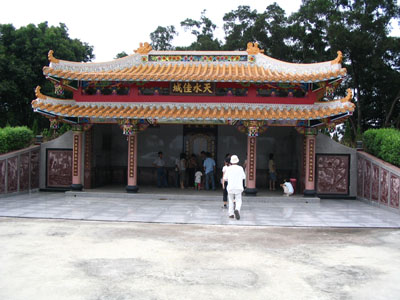 |
Fig. 5.3.27. At an auspicious time in the afternoon, the family brings the urn to their lineage mausoleum. For second burials, urns with bones or bone ash of the deceased are placed inside the mausoleum through a small door on the right inside wall. |
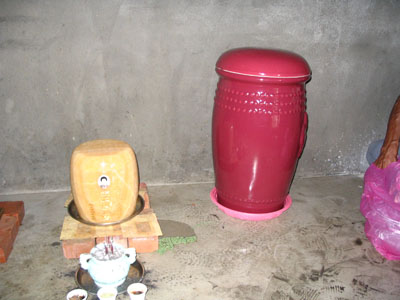 |
Fig. 5.3.29. Incense and other offerings are arranged in front of the urn. Other urns line the back wall of the chamber. Smaller urns contain cremated bone ash. Deceased males with progeny, in contrast to other people, tend to have their uncremated bones preserved intact. |
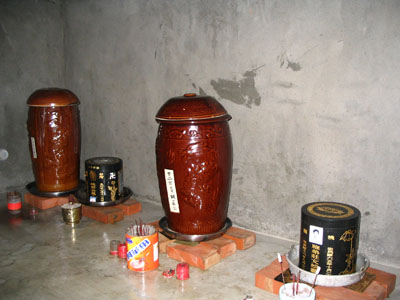 |
Fig. 5.3.30. Other urns in the mausoleum. |
|
 |
| 5.3.33 |
|
 |
| 5.3.34 |
|
 |
| 5.3.35 |
|
 |
| 5.3.36 |
|
 |
Fig. 5.3.31. After installation of the bones, the family expert lectures on lineage history and genealogy. Others tell the young men the family rules for the naming of future progeny. |
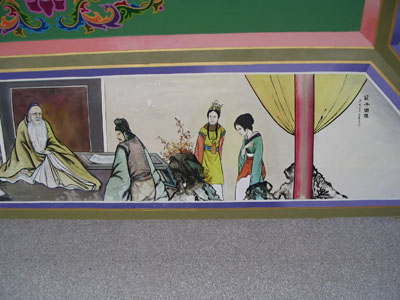 |
Fig. 5.3.32. Under the roof of the Zhuang lineage mausoleum are paintings, including this one of the famous philosopher Zhuangzi, who could have been an ancestor, given his surname Zhuang. |
 |
| 5.3.37 |
|
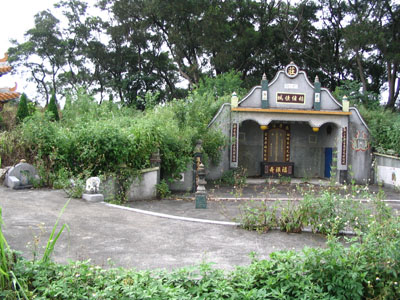 |
Fig. 5.3.33. A break-off faction of the lineage has established another mausoleum next to the other, larger mausoleum we have seen previously. |
 |
Fig. 5.3.34. A closer look at the smaller Zhuang lineage mausoleum. Burial urns would be placed through the blue metal doors to either side. |
 |
Fig. 5.3.35. As the family is about to leave the mausoleum, they burn an offering of mock paper money with silver-colored foil on it. |
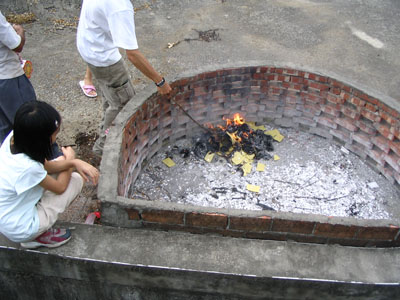 |
Fig. 5.3.36. The mock paper money is burned. |
|
|
|
|
|
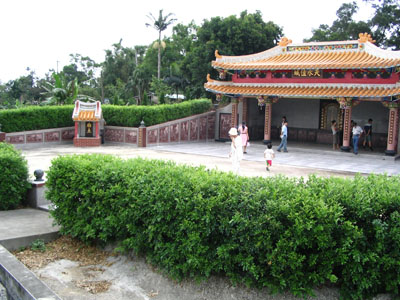 |
Fig. 5.3.37. The rituals completed, the family members look around the mausoleum and begin to depart. |
|
|
|
|
|
|
